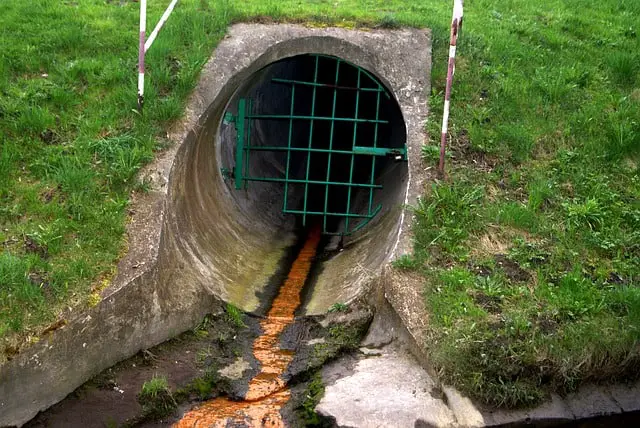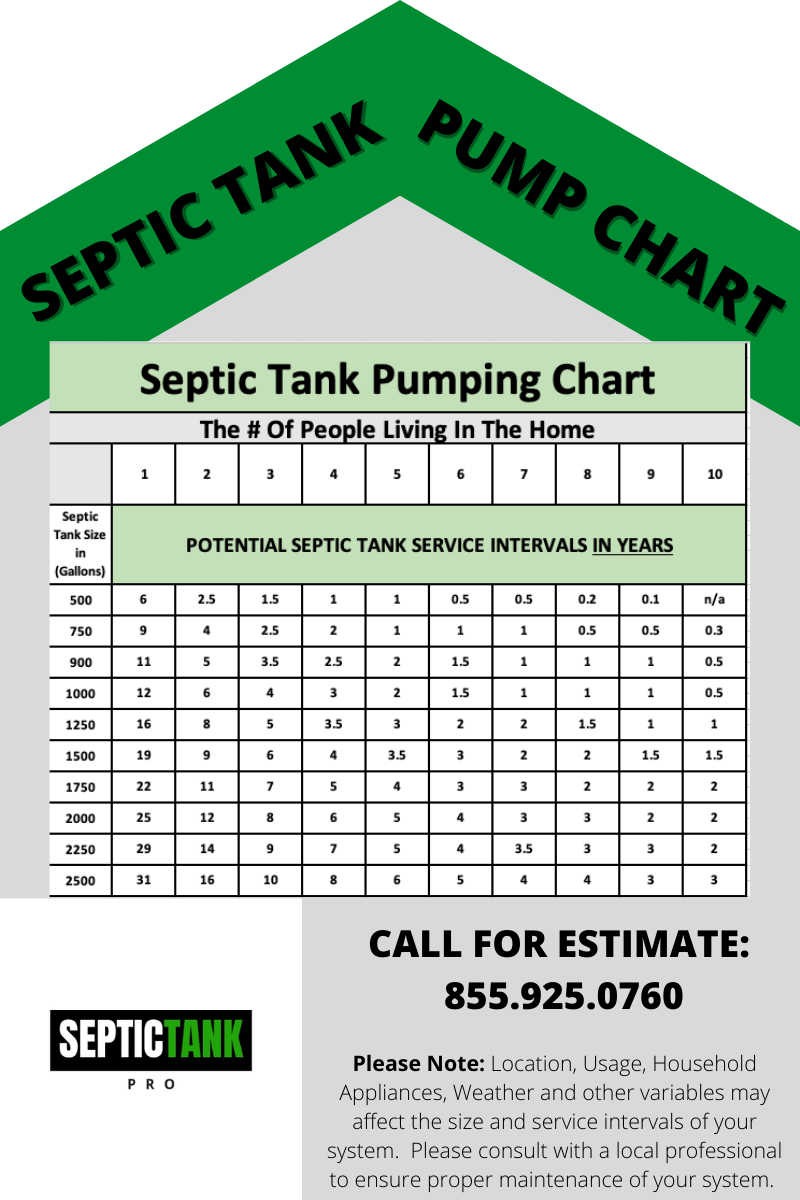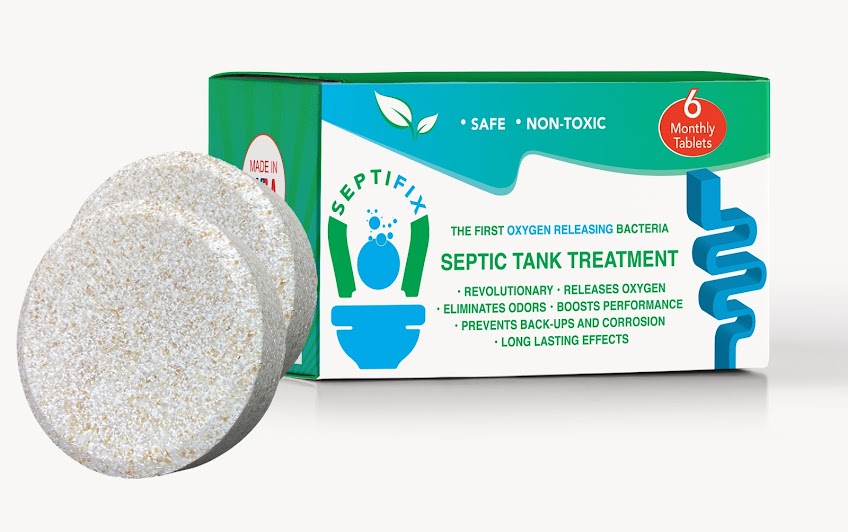How To Get Rid Of Sludge In Your Septic Tank
Removing sludge from your septic system on a regular basis is necessary. Regular cleaning of the wastewater system ensures the protection of the soakaway system and ensures your tank operates correctly. In this post, we will discuss how you can take good care of your septic system.
So, how do I get rid of sludge in my tank? Pumping your septic system is the best way to remove sludge from it. However, make sure you back flush the tank after pumping it.
CALL 1.855.925.0760 FOR A LOCAL SEPTIC PUMPING QUOTE
Continue reading to find out why back flushing is recommended after you pump your septic system, how frequently you should de-sludge your tank, if you can pump the tank yourself, and how to reduce sludge without pumping.
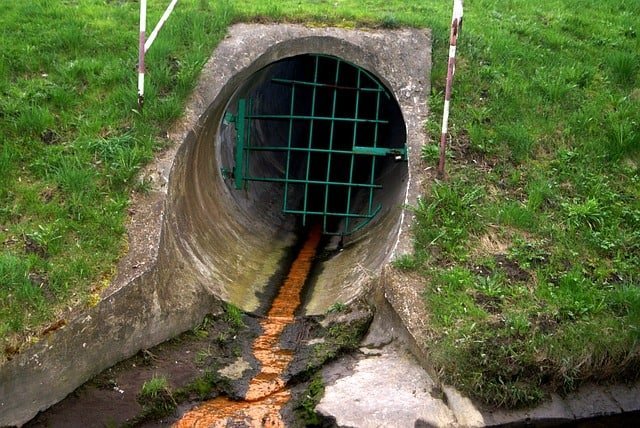
Why You Must Back Flush Your Septic Tank After Pumping It?
To understand why back flushing is recommended after a septic tank has been pumped, we need to first understand what happens when wastewater enters a septic system.
When wastewater is flushed into a septic tank, solids get separated from the liquids, forming layers of scum and sludge in the tank. The main purpose of a septic system is to hold and break down the solid waste into liquids and gasses.
The tank’s ecosystem consists of colonies of bacteria and enzymes thriving in it — does this all-important job. While enzymes work on scum, bacteria break down sludge. However, no system is perfect, and not all the solid waste that enters a septic tank gets broken down.
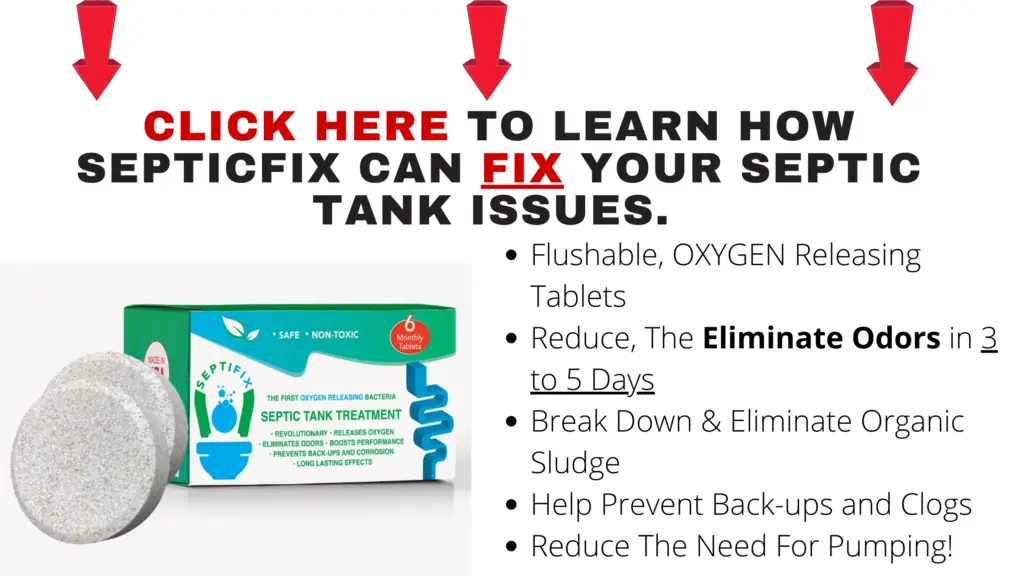
Solids that don’t decompose settle down at the bottom of the tank and build up over time. It’s important to remove this stubborn solid waste from time to time to prevent overflowing — and that’s why pumping your tank on a regular basis is recommended.
The main purpose of pumping a septic system is not to remove the liquids but rather to pump out the solid waste. However, while pumping removes most solid, it doesn’t remove all the solid waste.
So, what about the solid waste that remains behind even after pumping? -How do you deal with it?
And deal with it you must, and promptly too. That’s because if you leave this solid waste as it is, it will eventually cause harm to your septic system.
This is where the good old back flushing comes into the picture.
Back flushing a septic system essentially means removing that dense solid waste that remained behind after pumping. A back flushing should be done immediately after pumping, as it breaks up the stubborn solid waste, which can then be efficiently pumped from septic tank, leaving it completely clean and empty.
At this point, you may be wondering: Is back flushing included with pumping service?
Sometimes it is and sometimes it is not. The next time you schedule a septic tank pumping, make sure you ask the provider if back flushing is included in the package or needs to be paid for separately. Either way, back flushing is an important investment, as it keeps your tank clean and extends the time before you require another cleaning.
How Often Should I Remove Sludge from the Septic Tank?
Current recommendations say that if the depth of sludge and scum combined exceeds 25% of the volume of the primary chamber, you should remove sludge without delay to make sure it doesn’t make its way downstream into the next treatment component.
Interestingly, many experts earlier recommended pumping the tank when sludge and scum combined reached 50% of the operating depth of the tank. However, in the recent years it has been demonstrated that cleaning the septic tank more frequently is far advantageous.
For this reason, we recommend you to clean the tank when sludge and scum level reach 25% of operating depth. For most people, this would mean cleaning the pump about every 3 years. However, depending on usage and the number of people living in your house, you may have to de-sludge your tank more frequently.
If it has been a while since the last cleaning, we recommend you check the level of sludge without a delay. Otherwise, the alarm may set off one of these days because of your waste water tank being too full with sludge.
CALL 1.855.925.0760 FOR A LOCAL SEPTIC PUMPING QUOTE
Can I Pump the Septic Tank Myself?
There’s no one-size-fits-all answer to this question. Whether you can pump the septic tank yourself depends on where you live.
In some states, such as Florida, the law prohibits homeowners from pumping their septic system themselves. In these states, only a company licensed as a waste water treatment operator can pump the septic system. If you live in such a state and choose to pump your own tank, you could be in for harsh fines or penalties.
In other states, the law is not very clear about the illegality of pumping the septic system yourself. However, one thing is certain across all states in the US: You will invite heavy fines (and can also be send to jail in a worst case scenario) if you don’t dispose the waste according to the law.
That’s because the waste is EPA controlled. Improper disposing of it can endanger not only the environment but also yours and others people’s health and lives.
In short, when the time comes to clean your septic tank, it’s best to go with a licensed and reputable septic tank cleaner (regardless of whether the local law allows you to pump your septic tank or not).
How to Take Care of Sludge in a Septic Tank without Pumping?
If you don’t want to pump your septic tank, you can install an aeration system to lower the sludge volume. Mind you, this system can take a few weeks to start working properly. However, the good part is it can break down up to 95% of the sludge in your septic tank.
The environment in a septic tank is anaerobic (that is, without oxygen). In contrast, microbes that decompose solid waste require an environment that is aerobic in nature (that is, with oxygen). By adding a source of air to your tank and additional microbes as needed, you can keep the sludge level to a bare minimum.
Here’s the step-by-step process of reducing sludge without pumping:
- Set up a diffused aeration system in the septic tank
- Add a microbe blend or a bio-activator
- Keep your aeration system in good condition
- Add extra microbes as needed
Related Questions to How Do I Get Rid of Sludge in My Tank
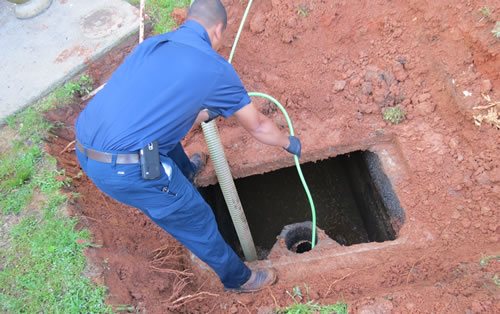
How Much Does a Septic Pump Cost?
The national average to clean a septic system is between $295 and $610, with the majority of homeowners spending roughly $375. Depending on your septic tank’s size, the cost of cleaning it could be as low as $250 or as high as $895.
How Much Sludge is Normal in My Septic Tank?
If the level of sludge and scum combined is less than 25% of the operating depth of your tank, there’s no cause for worry. However, once this level exceeds the 25% mark, you should call in a septic tank cleaning service.
If you have some other information related septic tanks, check out our Septic Wiki. It covers a wide range of topics related to different aspects of the septic system.
References:
https://www.pumper.com/editorial/2017/05/whats_the_best_way_to_remove_stubborn_solids
https://findanyanswer.com/can-you-pump-a-septic-tank-yourself

